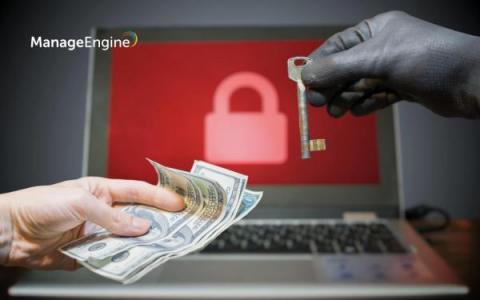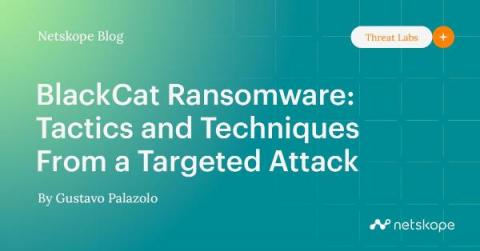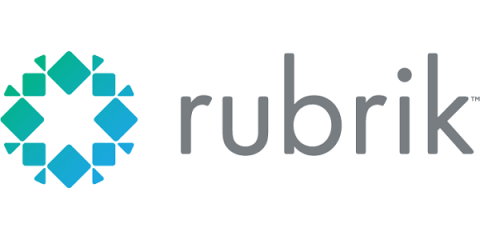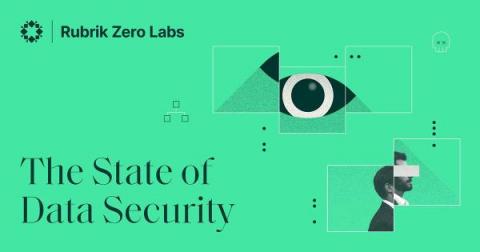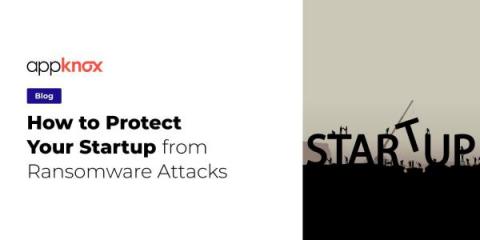The ultimate price: The morality of paying your attacker their ransom
“Have you backed up your files?” If you had a Dirham for every time you heard this and followed up with immediate action, you’d be a Shiekh by now. But alas, we’re here because you didn’t do your due diligence and now you have to pay the ultimate price—your data has been compromised and you’ll have to decide what to do about it. But don’t feel too bad; data backup at a corporate level is a luxury not everyone gets to enjoy.


